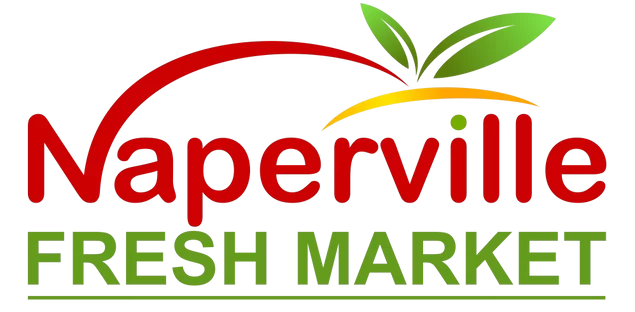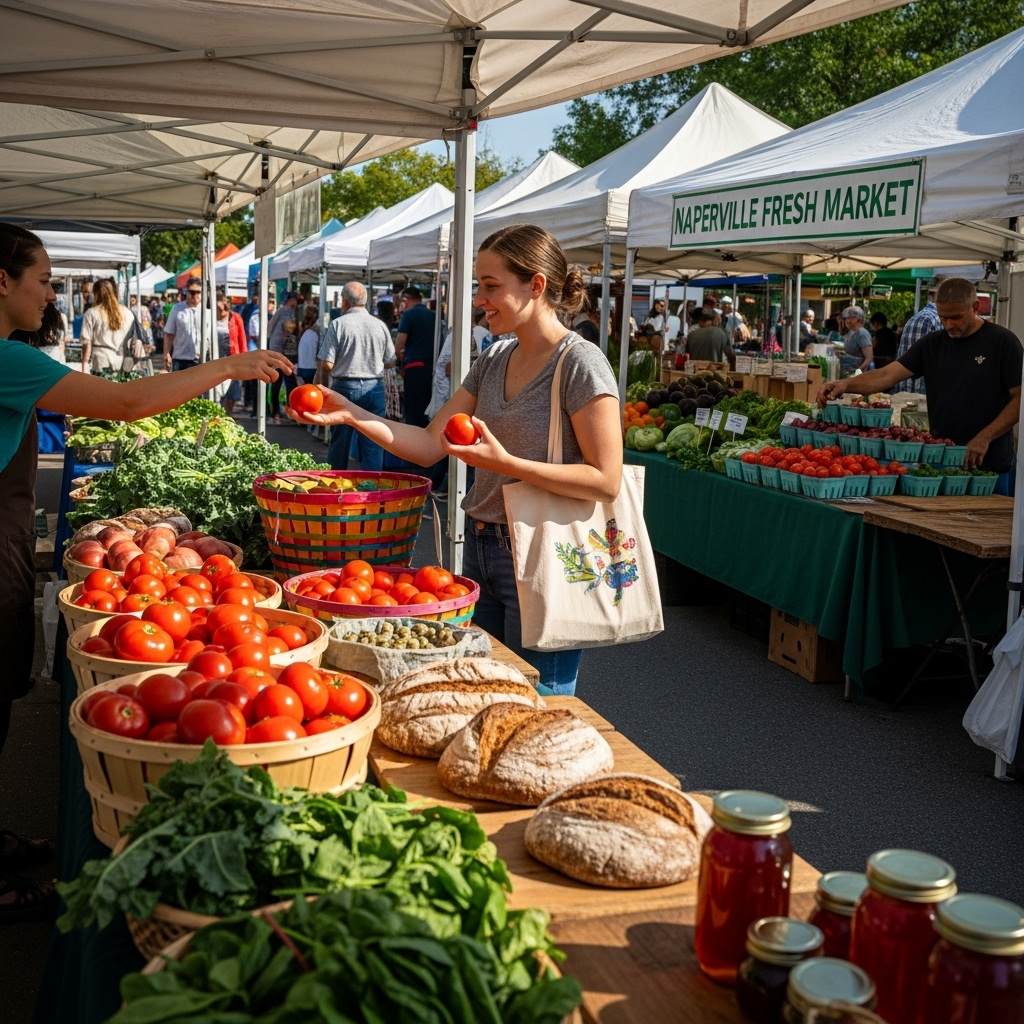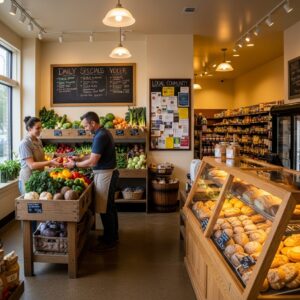Introduction: Your Path to Fresh Markets in Naperville
Finding a fresh market in Naperville, Illinois can be both exciting and a little overwhelming, especially if you are new to the area or trying to refine your weekend shopping routine. Between seasonal pop-ups, weekly community markets, and year-round specialty vendors, there are many ways to discover high-quality produce, artisan goods, and locally prepared foods. To get started quickly, skim the kinds of stalls you expect to see and browse representative market products so you can match your expectations with what local markets typically offer. This guide covers where to look, how to evaluate a market, what to bring, and how to make the most of your visit.
Naperville’s neighborhoods, parks, and gathering spots host a rotating selection of markets that reflect the season and the community. Whether you are seeking peak-season produce, small-batch baked goods, or specialty items like honey, jams, and herbs, you will find multiple options within a short drive. The key is learning how to locate the right market for your schedule and preferences—and how to confirm that the vendors align with your quality and sourcing standards.
Understand the Local Fresh Market Landscape
Naperville benefits from a rich agricultural and artisan network in the region. Many vendors travel from nearby farms or kitchens to sell directly to residents, creating a lively scene where you can talk to producers, learn about growing practices, and taste samples when offered. Markets may range from small gatherings with a handful of stalls to larger events with dozens of vendors, live demonstrations, and family activities. Your approach to finding a market should focus on four elements: timing, location, vendor mix, and personal priorities such as sustainability, organic growing practices, or specialty diets.
Start by considering the season. Spring and summer often feature the widest selection of produce and flowers, while fall brings apples, squash, and cool-weather greens. Winter can still be active if you look for indoor markets or specialty events, where you might find root vegetables, preserved items, baked goods, and crafts. Matching your shopping list to the calendar ensures you arrive when the best selection is available.
Where to Look: Practical Strategies
Use a layered approach to identify markets that fit your needs. Begin with your immediate neighborhood and any community venues you frequent—libraries, community centers, park facilities, and school campuses sometimes host market days. Ask neighbors which markets they frequent and why, paying attention to details like parking, crowd levels, and vendor variety.
Another strategy is to map your weekly routines. If you commute, search for markets on your route that operate on weekdays in late afternoon or early evening. If weekends are best, look for markets that open early enough to beat the crowds yet late enough to accommodate family schedules. Consider markets near playgrounds or open spaces if you plan to bring children, so you can combine shopping with outdoor time.
In addition to neighborhood word-of-mouth, check community calendars posted by civic organizations, chambers of commerce, and local event coordinators. While these sources update frequently, verify dates before making a long drive. If a market is new, organizers often post clear “getting there” tips and details on parking or alternative transportation.
Evaluating a Market Before You Go
Once you have a short list of options, evaluate each market against your goals. Consider the diversity of vendors, the presence of farmers selling their own produce, and any specialty offerings you value, like gluten-free baking, fermented foods, or plant starts for your home garden. Look for evidence that vendors prioritize quality—coolers for perishables, clean displays, labeled ingredients, and transparent origin stories for the items they sell.
Pay attention to layout and amenities. A well-organized market typically provides clear walking paths, visible handwashing stations or sanitizer, shaded seating areas, and waste bins. If you plan to buy perishables, bring an insulated bag or small cooler, especially during warm months.
Making the Most of Your Market Visit
Arrive early for the best selection or later for a more relaxed pace. Start with a quick lap to see what is available, then circle back for purchases. Ask vendors about peak ripeness windows and how best to store what you buy. If you are trying a new variety of fruit or vegetable, request preparation tips. Many growers love sharing their favorite recipes or suggestions for simple cooking methods.
Bring reusable bags, small containers for delicate items like berries, and a list that leaves room for serendipitous finds. If you prefer to plan recipes, note which items show up consistently, then build your meal plan around these staples. When you see a vendor with excellent quality, consider sticking with them throughout the season, as repeat customers often benefit from learning the rhythms of a particular farm’s harvest.
Seasonality in Naperville: What to Expect
Spring usually features leafy greens, radishes, asparagus, and herbs. Summer brings tomatoes, peppers, sweet corn, melons, cucumbers, and stone fruit. Fall offers apples, winter squash, root vegetables, hardy greens, and preserved goods like jams and pickles. Winter markets or indoor events tend to emphasize storage crops, baked items, cheeses, and specialty pantry goods. Planning around seasonality will help you stay flexible and make smarter choices on market day.
Beyond produce, many Naperville markets showcase local honey, eggs, flowers, and prepared foods such as sauces, breads, and pastries. Mid-season is a great time to explore vendor specialties and compare textures, aromas, and varieties so you can refine your preferences. This is also a good moment to see which products recur throughout the season and to note which vendors offer items that freeze or preserve well.
Quality, Safety, and Sourcing
When choosing a market, ask vendors about growing practices. Some farms may use organic methods without certification; others might hold certifications or follow integrated pest management. For animal products and prepared foods, ask about handling practices, refrigeration, and ingredient sourcing. Quality-focused markets typically encourage transparent conversations, and many vendors proudly explain how they harvest, wash, and transport goods to maintain freshness.
Safety also matters at the market site. Look for proper shade or cooling for perishable items, clean serving utensils for samples, and clear labeling for allergens. Bring hand sanitizer and keep perishable purchases cool, especially during summer. If you are picking up raw or minimally processed goods, plan your route so you can get them home quickly.
Building Relationships with Vendors
Long-term relationships lead to better shopping outcomes. Introduce yourself, mention what you enjoyed from prior visits, and ask what will be harvested next week. Vendors often remember repeat customers and can set aside limited items if you arrive early. These relationships also build community knowledge—if one vendor sells out, they might point you to another stall with a similar product.
Frequently Asked Questions
Q: How do I know if a market is operating on a given day? A: Check the most recent community postings and verify the date close to your visit, especially during shoulder seasons or holiday weekends.
Q: What should I bring for a successful trip? A: Reusable bags, small containers for delicate produce, an insulated bag or cooler for perishables, and a simple list to guide your purchases.
Q: Are pets allowed at markets? A: Policies vary. Some markets welcome leashed pets, while others restrict animals for health or crowd safety reasons. Look for signage or ask the organizer.
Q: Can I request special orders? A: Many vendors accommodate pre-orders if you arrange them ahead of time. Ask at the stall about the best way to coordinate.
Q: What if I have dietary restrictions? A: Ask vendors about labeling and ingredients. Many will help you find items that match your needs, and some specialize in particular dietary approaches.
Plan Your Next Market Day
Finding a fresh market in Naperville becomes easier once you focus on timing, location, and vendor variety. Start with a shortlist, verify dates, and arrive prepared with bags and cooling supplies. As you explore, you will learn which stalls align with your tastes and how the offerings evolve through the seasons.
Start Your Fresh Market Journey Today
Ready to explore the best of Naperville’s local scene? Map out your next market morning, talk to vendors, and bring home something seasonal. For inspiration on what to look for, browse fresh market products and plan your next delicious find.




